The nineteen miles by railway between Barcelona and the fishing town of Mataró once served as an important turn in Spain’s transportation history. It was the very first railroad in Spain to open. The Maresme line (R1) of Spain’s railway system connects Maçanet-Massanes with Molins de Rei, expanding from Gerona to La Selva. Thousands of people use this line to go up and down along the coast of Catalonia, making the R1 among the most utilized in Spain. As a major first in Spain’s transit, its source came from a Mataró local who started out as a noble fisherman before he became known all over Spain.
Related article: What to see and do near Sants train station
Table of Contents
Miquel Biada
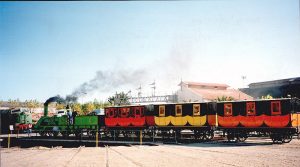


Photo by Museu del Ferrocarril de Catalunya via Visualhunt
The youngest of thirteen brothers, Miquel Biada was born in the fishing town of Mataró. He spent a decade and a half in the military, traveling to Latin America to fend off Venezuelan independence and settling in Cuba. It was during his time there that he was part of the first railway in the country to transfer the tons of sugar grown on the island. When he returned to Mataró, he decided to start a project constructing a railway between his hometown and Barcelona. In 1838, he was knighted by Queen Isabel II for his work in the military during their campaigns in Latin America and he used his name to bring attention to the project to multiple financiers.
Constructing The Barcelona – Mataró Line
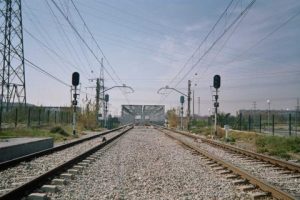


Photo by juan50300 via Visualhunt
In 1840, Biada worked with the Royal Private Board of Commerce of Barcelona to jump-start the project. After several delays, he got final support from a London-based Catalan named José Maria Roca Caba and his company, who got government grants and established the Gran Compañía Española Camino de Hierro company with Biada as the treasurer. With the intent to move goods and people, Biada was able to acquire five million pesetas ($1 million in today’s money) from investors in Spain and abroad. Part of the construction was the Montgrat Tunnel in which they dynamited the center of a hill and constructed an arch for the train to drive through to the other side.
Grand Opening
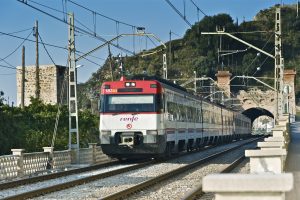


Photo by MiquelGP54 via Visualhunt
Testing took place in early October and the government inspected the line, declaring it safe. On October 28, 1848, the railway was inaugurated with its official departure from Barcelona to Mataró and a ride lasting 35 minutes in total. The railroad was an immediate success financially and made the Maresme a wealthy area. There was only one person missing: Miquel Biada. He died in April earlier that year had not had the chance to see his vision finished. The start of a boom in Spain’s industrialization, the line was extended to Arenys de Mar, Tordera, and Maçanet – Massanes. The trip, especially through the Montgrat Tunnel, became a hit as the first on the Iberian Peninsula.
Related article: Barcelona Metro Station Names
The legacy of the Barcelona-Mataró line is the proof of expansion of transportation between the major cities and the towns like Mataró that would come to connect everyone in all corners. Trains became the new norm of transportation in Europe and Spain at the time. Having been a part of the new line in Cuba, Miquel Biada came back to Spain to make his hometown an important point in the history of transit.
Looking for an apartment in the city? ShBarcelona can help you find the perfect one.









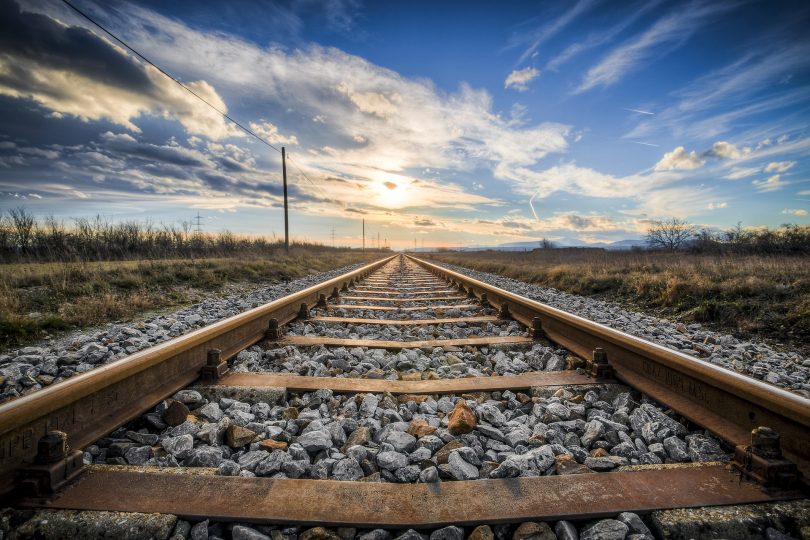
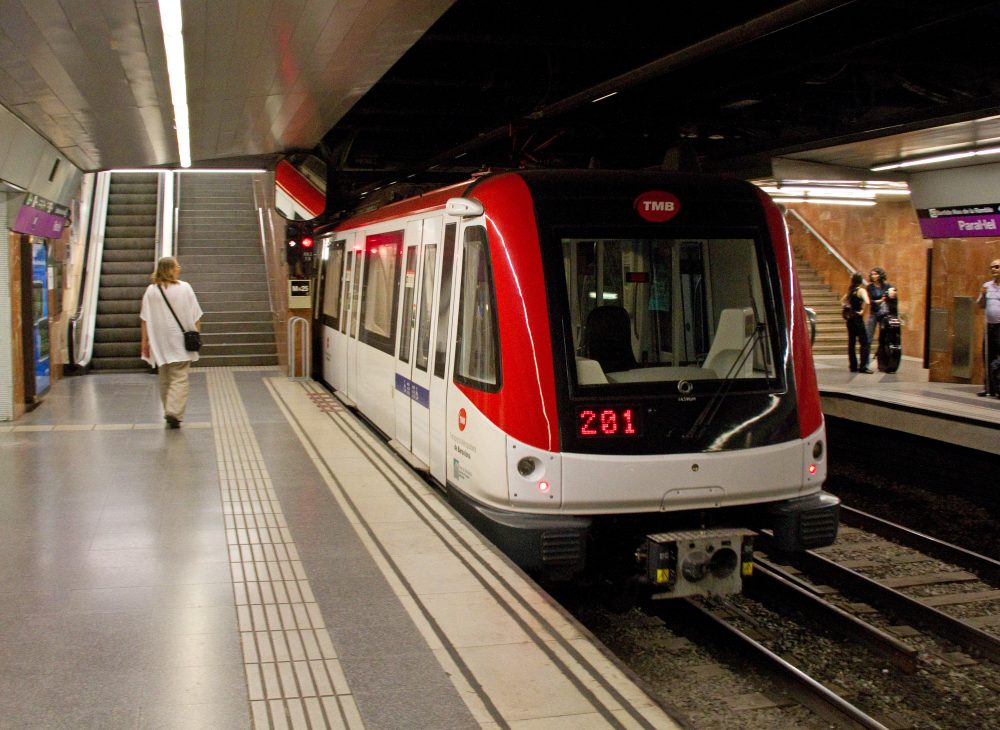





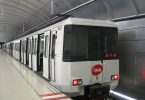


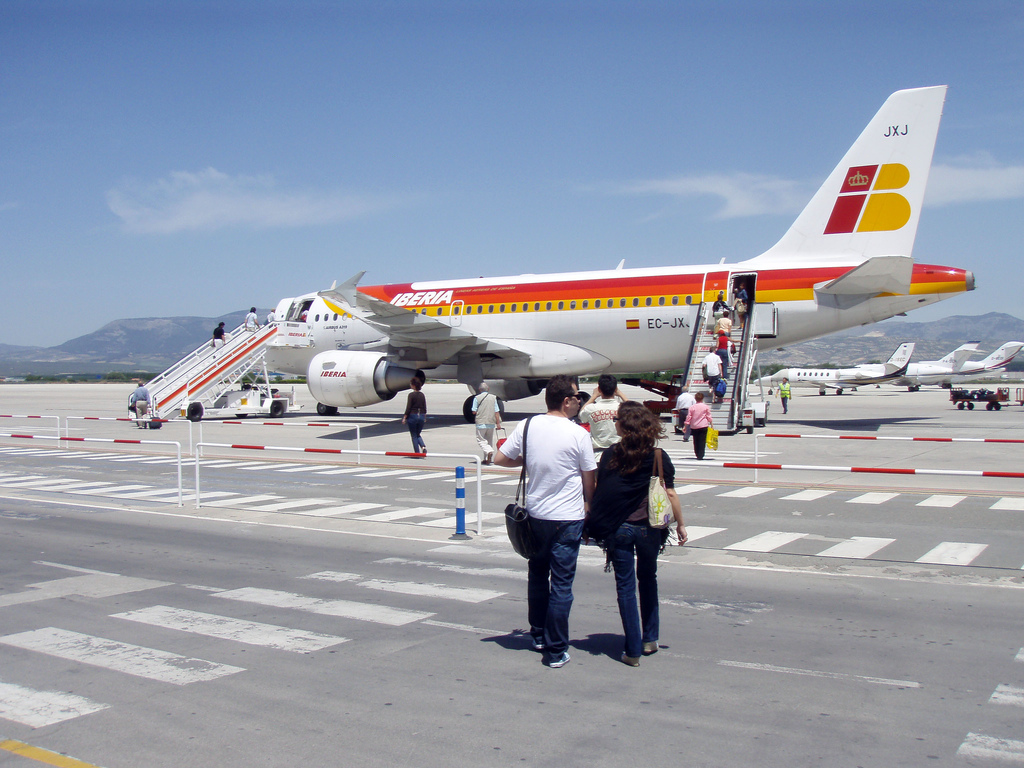

Leave a Comment